Ceremonial matcha is the highest grade of green
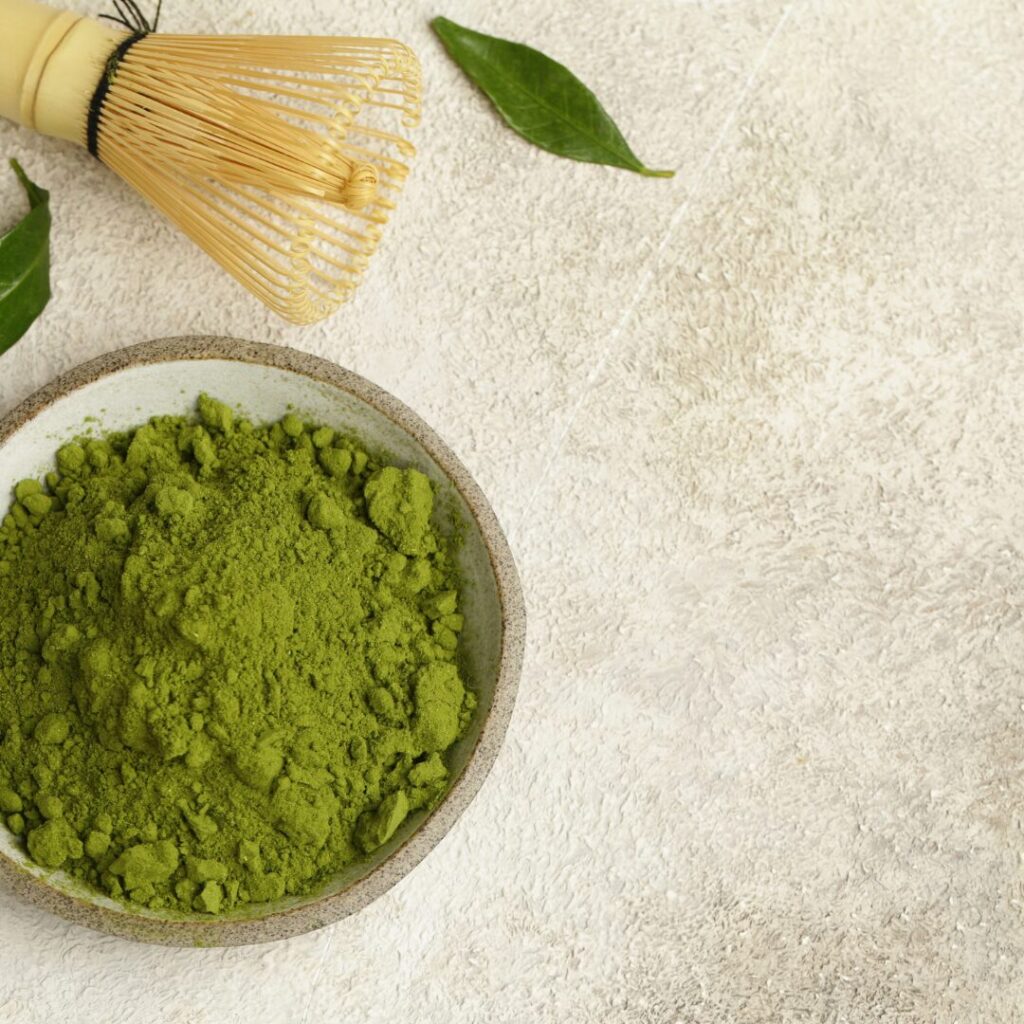
Matcha Grades Explained
Understanding the different grades of matcha is essential because it directly impacts the flavor and application of your
Ceremonial matcha, the highest quality, is crafted for traditional
On the other hand, culinary matcha is designed for cooking and baking, offering a bolder taste that stands out in recipes.
As you explore matcha, remember this isn’t just about choosing a product; it’s about selecting an experience. Ceremonial grade invites you to savor the
Culinary grade, however, lets you experiment and infuse matcha’s unique flavors into your favorite dishes.
Understanding Matcha Quality
To truly appreciate matcha, it’s essential you understand the various factors that signal its quality, beyond just the grade on the label. You’re in the driver’s seat when it comes to discerning the nuances of this revered
Remember, the best matcha comes directly from Japan, where traditional methods are upheld with reverence. Don’t be swayed by misleading labels; investigate the matcha’s provenance. Uji, Aichi, Kagoshima, and Mie are renowned regions – knowing this gives you an edge in selecting authentic products.
Moreover, pay attention to the aroma and flavor. Top-tier matcha should smell fresh and grassy, with a sweet, umami-rich flavor that distinguishes it from lower grades. This sensory experience speaks volumes about the matcha’s cultivation and processing. Equip yourself with this knowledge, and you’ll navigate the world of matcha with confidence, ensuring every cup is a reflection of your discerning taste.
 Organic Matcha (Kagoshima) 40g
Organic Matcha (Kagoshima) 40g - Offers an authentic and pure matcha taste, ideal for traditional ceremonies.
- Abundant in antioxidants, vitamins, and minerals, potentially supporting well-being.
- JAS certification ensures it's free from pesticides, chemicals, and GMOs.
- Processed using traditional methods by tea masters, maintaining quality and tradition.
- Creates a vibrant green color and frothy texture, enhancing the visual experience.
- Primarily intended for ceremonial preparation, it might not be suitable for all recipes.
- Premium quality ceremonial matcha can be more expensive compared to regular tea.
- The unique matcha flavor might not be enjoyed by all palates.
Difference between ceremonial and culinary matcha
With the basics of matcha quality in mind, let’s explore the differences between ceremonial and culinary matcha to see what sets them apart. You’re in control of your matcha experience, so understanding these differences is essential. Ceremonial matcha, the highest grade, is designed for traditional
On the other hand, culinary matcha is tailored for cooking and baking, standing up to strong flavors in recipes. It comes from later harvests, which results in a bolder taste and a slightly less vibrant color. While it’s more affordable, it still maintains the essence of matcha flavor, making it ideal for lattes, smoothies, and desserts.
You’ve got the power to choose the right grade for your needs. Whether you’re whisking a bowl of ceremonial matcha for a tranquil moment or adding culinary matcha to your favorite recipe, you’re taking control of your culinary journey. Each type serves its unique purpose, enabling you to customize your matcha experience to fit your taste and lifestyle.
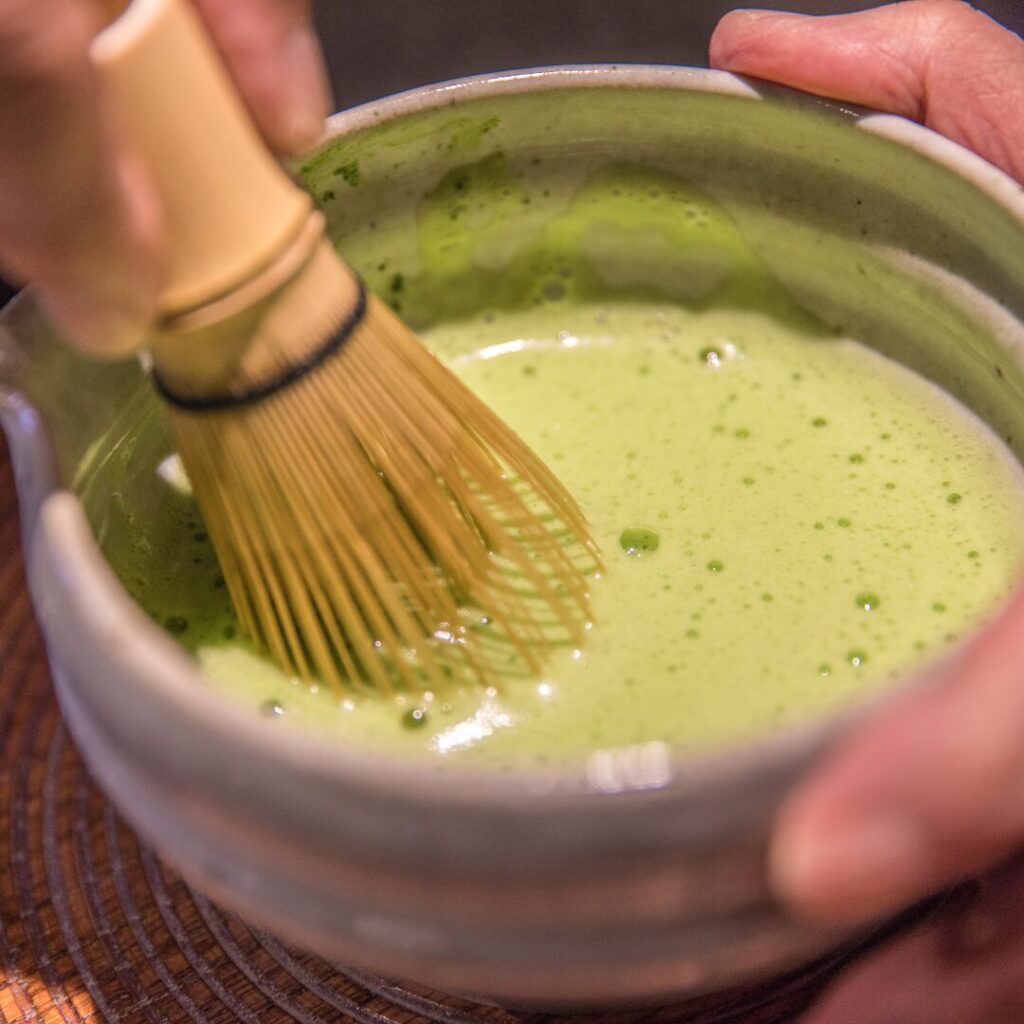
Ceremonial Matcha Benefits
Often, ceremonial matcha is lauded for its superior health benefits, including its high antioxidant content that can boost your well-being. It’s packed with catechins, particularly EGCG, which are known for their cancer-fighting properties and ability to enhance heart health. You’ll find that incorporating this vibrant green powder into your routine could potentially lower your risk of chronic diseases and improve your overall health.
Moreover, ceremonial matcha is a rich source of L-theanine, an amino acid that promotes relaxation without drowsiness. This unique combination of L-theanine and natural caffeine creates a sustained energy boost and improves focus, making it a superior alternative to the jittery highs and lows often associated with coffee.
It also aids in detoxification, thanks to its high chlorophyll content, which helps in purifying the body of toxins and improving liver function. Ceremonial matcha‘s benefits extend to enhancing your metabolism, which can aid in weight loss by increasing fat burn and decreasing new fat cell production.
Culinary Uses of Matcha
Matcha’s versatility extends far beyond traditional tea ceremonies, as it’s also a culinary chameleon, seamlessly infusing a unique flavor and vibrant color into various recipes, from lattes to baked goods. When you’re in control of your kitchen, you’ve got the freedom to experiment with this vibrant green powder in ways that elevate your culinary creations. You’re not just making a dish; you’re crafting an experience that’s both visually stunning and rich in flavor.
You can start simple by whisking matcha into your morning latte, giving you an energizing start to the day with a twist. But don’t stop there. Incorporate it into your smoothie for a healthful boost or mix it into pancake batter for breakfast that surprises and delights. For those with a sweet tooth, matcha can be the secret ingredient in your cookies or cakes, offering a nuanced flavor that complements sweet treats perfectly.
Conclusion
Now you’ve ventured into the world of ceremonial matcha, distinguishing it from its culinary sibling.
You’ve seen how its meticulous harvesting and processing illuminate its revered status in Japanese culture.
Embracing ceremonial matcha isn’t just about savoring a drink; it’s an invitation to a tranquil ritual, offering a moment of calm in your daily hustle.
Let its subtle flavors and rich history inspire you, transforming your
Welcome to the serene world of ceremonial matcha.


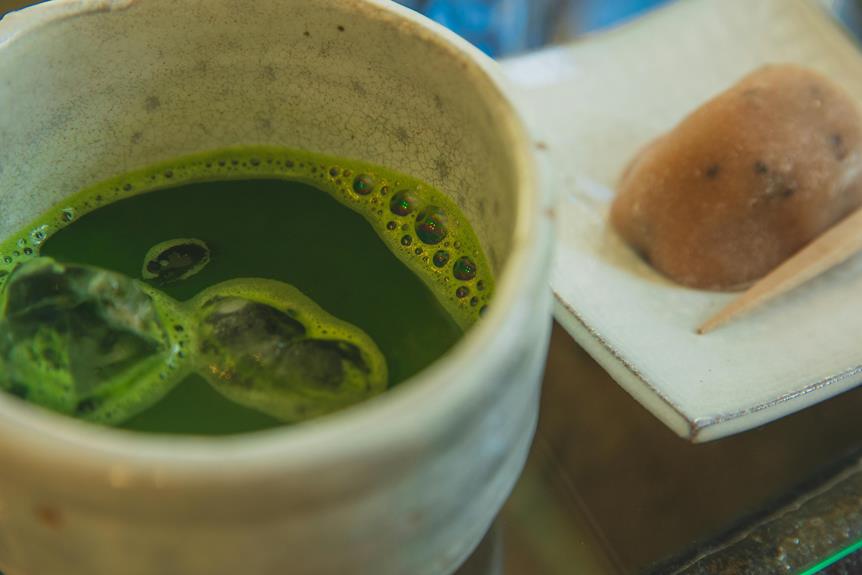


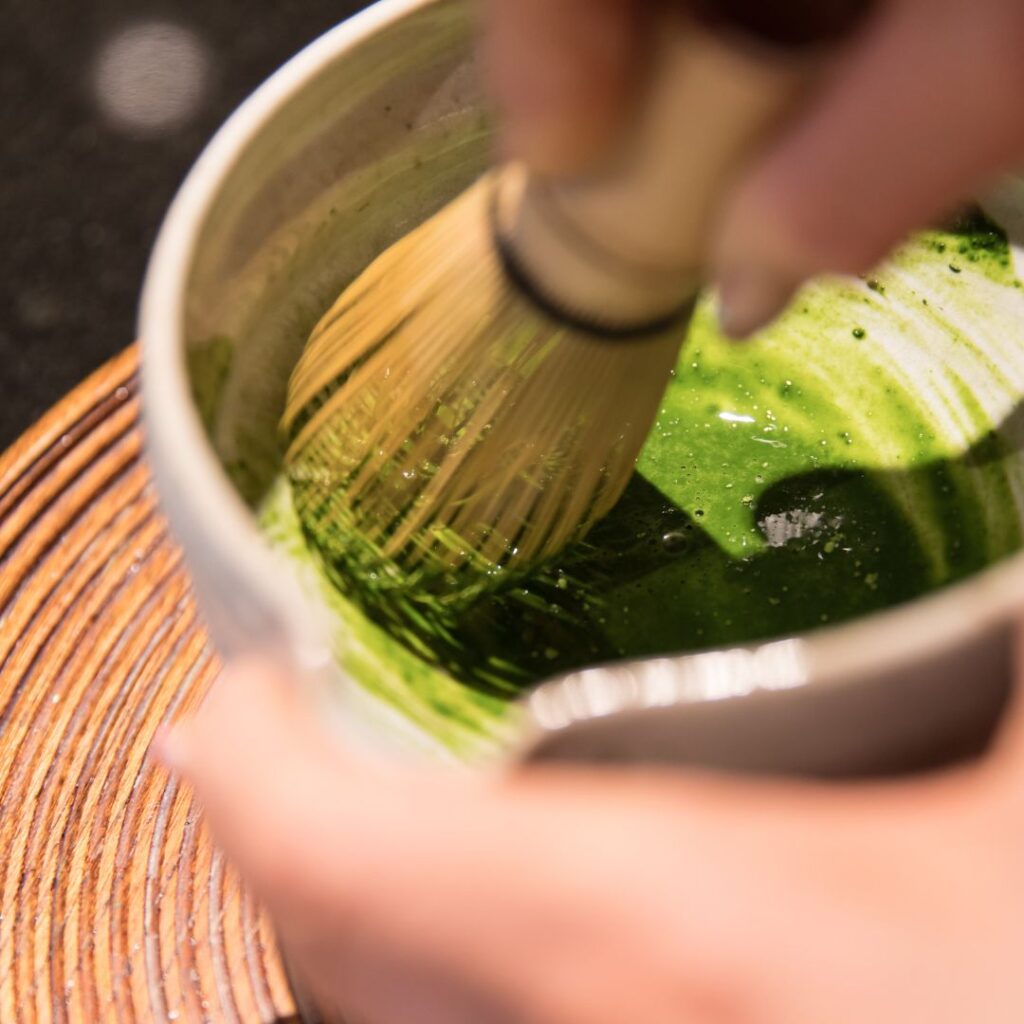
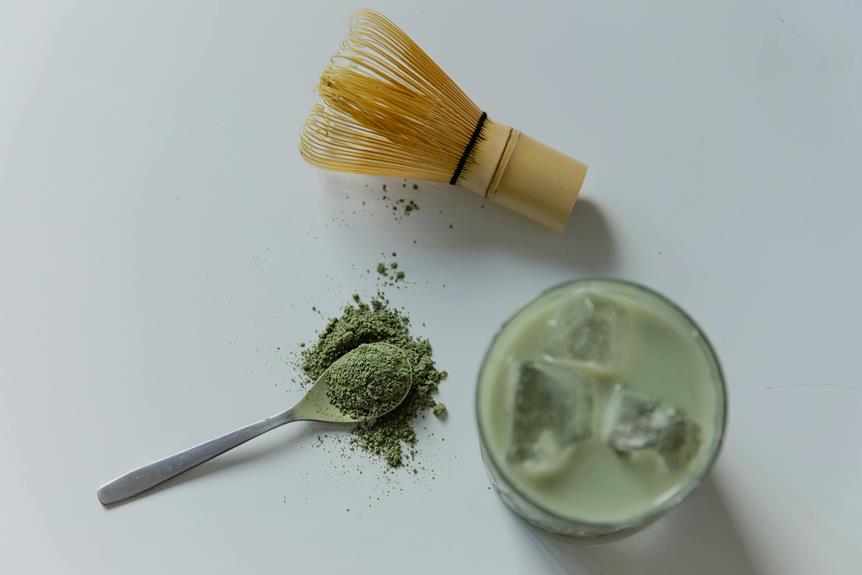

Konnichiwa! (Hello!) I'm Pat Tokuyama, a Japanese tofu cookbook author, who travels for music, food, and adventure. If you like Japanese tea, checkout some of the newestorganic japanese tea, matcha bowls and noren and more!
** Curious about the Plant Based Japanese Cooking Club? ** Learn more here!